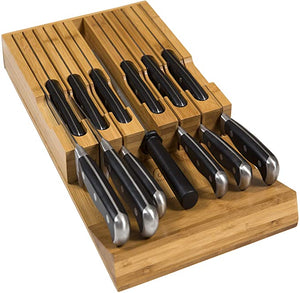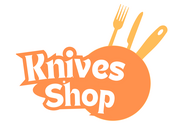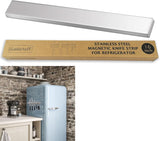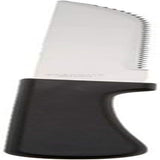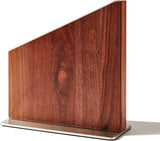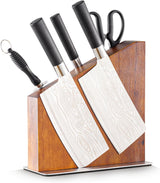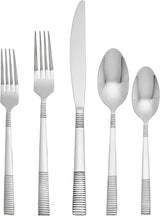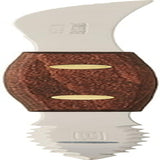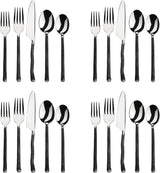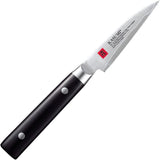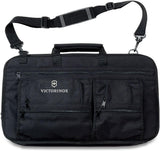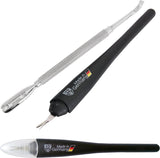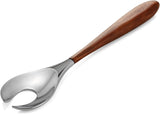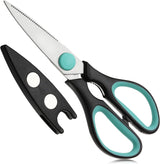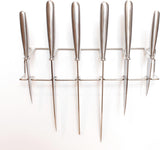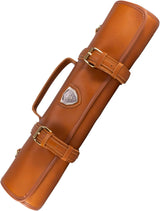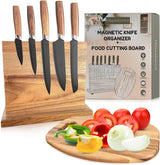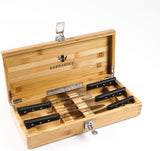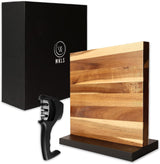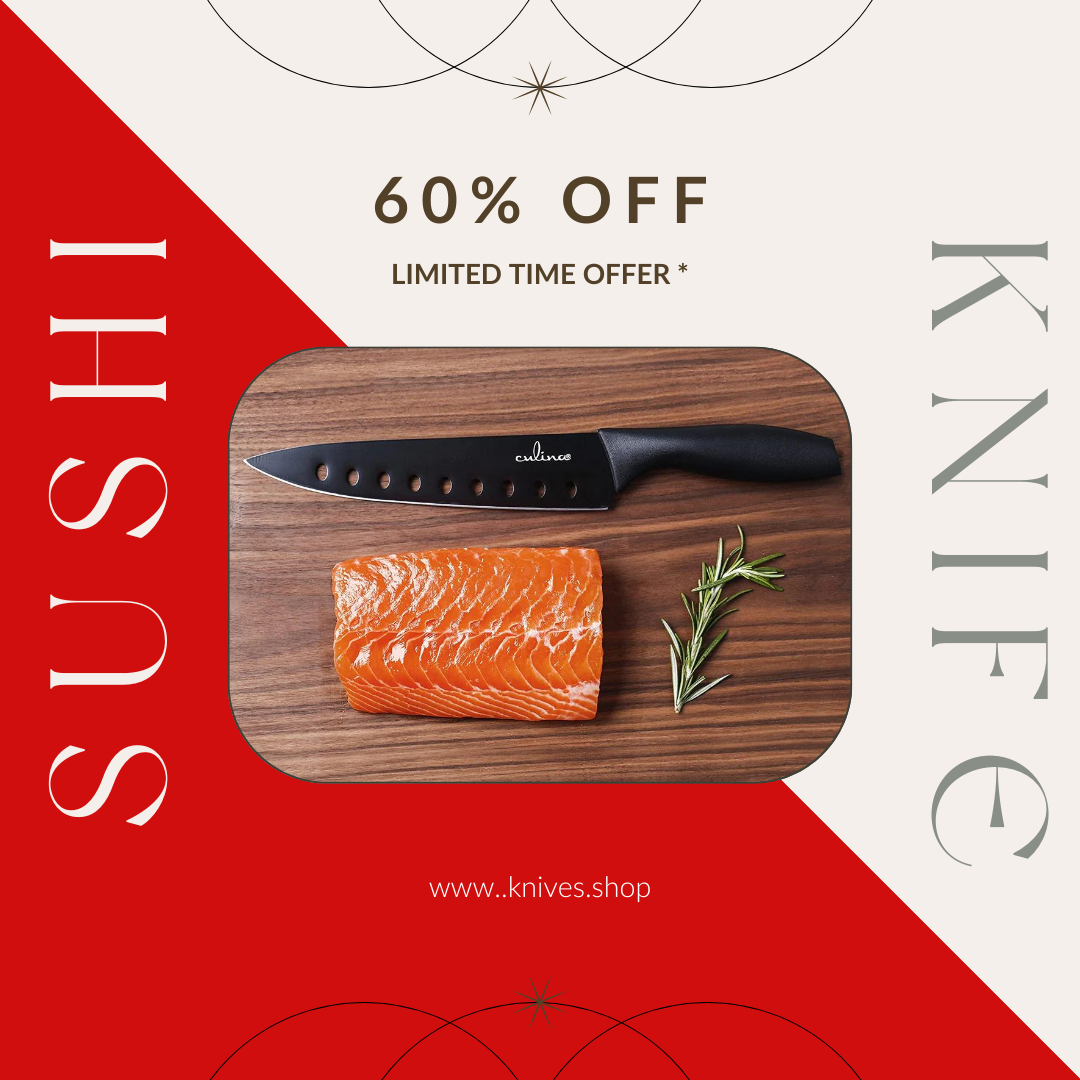Knowing how to properly cut food with a knife is an essential culinary skill that significantly impacts your efficiency and safety in the kitchen. Whether you are a home cook, a professional chef, or just someone who frequently finds themselves in need of food preparation, mastering the art of cutting food can make meal prep faster, more enjoyable, and much safer.
In this comprehensive guide, we'll explore the fundamentals of knife skills, essential cutting techniques, and crucial safety tips. By the end of this article, you'll be delighted with the tremendous improvements in your kitchen skills.

Understanding Knife Types
There are several types of knives designed for various purposes. Understanding the function of each will help you select the right knife for the task at hand, ensuring a clean and efficient cut.
Chef's Knife
The chef's knife is the most versatile tool in your kitchen. It's perfect for chopping, slicing, dicing, and mincing.
Paring Knife
This small knife is ideal for intricate work such as peeling, trimming, and mincing smaller items like garlic and herbs. For more detailed insights, check this article.
Serrated Knife
A serrated knife is best for cutting through materials with a tough exterior and a soft interior, such as bread and tomatoes.

Essential Knife Skills
Mastering basic knife skills is the cornerstone of efficient food preparation. These techniques will not only enhance your food presentation but also ensure uniform cooking.
Basic Cutting Techniques
Chopping: A quick forward and backward motion to create rough, irregular cutsperfect for vegetables like carrots and onions.
Slicing: For delicate, precise cuts. Used for items like fruits, meats, and fish.
Dicing: Cutting food into uniform squares, ideal for soups, stews, and salads.

Gripping the Knife
A proper grip significantly influences your control over the knife and, consequently, the precision of your cuts.
- Pinch Grip: Pinch the blade of the knife between your thumb and index finger while wrapping the remaining fingers around the handle. This grip offers better control and less fatigue.
- Handle Grip: Hold the handle of the knife firmly, but not too tight, ensuring a balance between control and comfort.
Safety Precautions
Safety should always be a top priority in the kitchen. Here are some tips to ensure you're cutting food in the safest manner possible:
- Use a Cutting Board: Always use a sturdy cutting board that stays in place to prevent slips and cuts.
- Keep Knives Sharp: A sharper knife reduces the risk of slips and is safer than a dull one. Learn more about how to sharpen your knives here.
- Focus: Always pay attention to what you're doing. Avoid distractions while using a knife.
Conclusion
Mastering how to properly cut food with a knife is a game-changer in the kitchen, whether you're cooking daily meals for your family or preparing gourmet dishes for guests. Understanding the different types of knives, essential cutting techniques, proper grips, and safety precautions can make a tremendous difference in your cooking experience.
FAQs
What is the best knife for beginners?
A chef's knife is highly recommended for beginners due to its versatility. It's designed to handle a variety of tasks, making it an invaluable tool in any kitchen. For a detailed comparison, check out this guide.
How often should I sharpen my kitchen knives?
It's best to sharpen your knives every few months if you use them regularly. However, honing them with a honing rod after every few uses can keep them in optimal condition. Understanding the best angles for sharpening can be crucial.
Can I cut frozen food with a standard kitchen knife?
It's not advisable to use a standard kitchen knife to cut frozen food. Instead, use a specially designed blade or thaw the food partially before cutting. For further tips on handling professional-grade knives, explore this article.
As an Amazon Associate, I earn from qualifying purchases.
For more tips on knife skills and cutting techniques, you can check out this detailed guide on Serious Eats.
